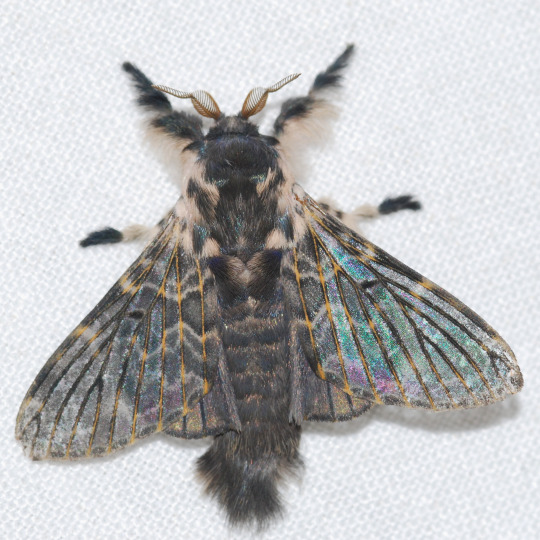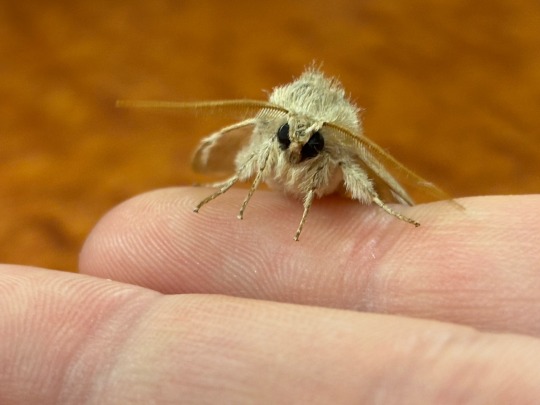Text

it is a huge year for saltmarsh moths. behold the ten i found in under a minute in my yard. what does it mean?
Estigmene acrea
1K notes
·
View notes
Text
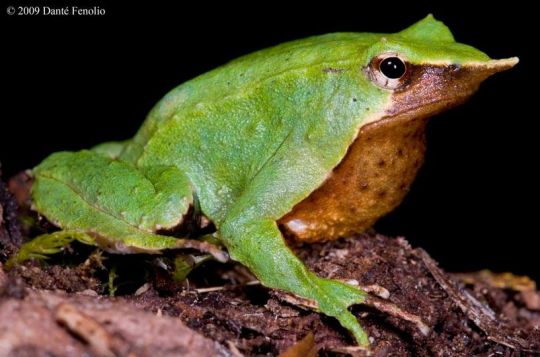
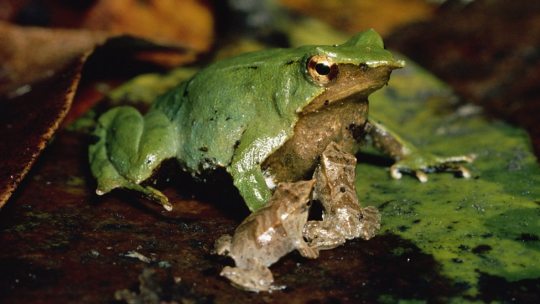
Darwin’s Frog (Rhinoderma darwinii), males with froglets, family Rhinodermatidae, found in the Valdivian Temperate Rain Forest of Chile and Argentina
ENDANGERED.
Famous for its child rearing technique. The male holds both the eggs and tadpoles in his vocal sac. The froglets emerge from the male's mouth after metamorphosing.
Endangered due to habitat destruction.
photographs by Dante Fenolio and Michael & Patricia Fogden
539 notes
·
View notes
Photo

Broad-nosed weevil, Exophthalmus sp.?, Entiminae
Photographed in Colombia by Judy Gallagher
1K notes
·
View notes
Text
Please look at the native range of this truly rare tree called Florida Torreya...how did you even make it

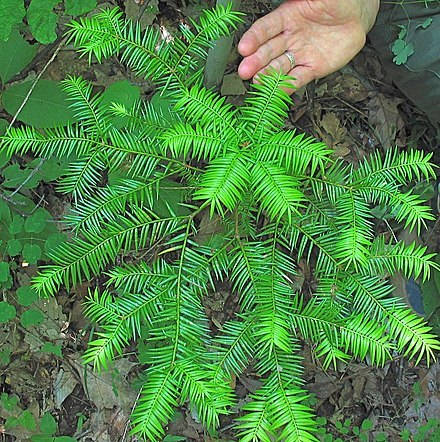
12K notes
·
View notes
Text
Very Normal Ant says hi and why are you looking at me, a Very Normal Ant

2K notes
·
View notes
Text
the crew, belowdecks
when observing hissing cockroaches, you might have noticed a few brown specks scrambling over their backs or gathered in the seams of their exoskeleton. they are Androlaelaps schaeferi, a species of mite that lives its whole lifespan onboard a giant cockroach host! the commensal A. schaeferi isn’t a parasite, though, and takes its meals from its hosts’ own. if the mite’s mooching helps clean where the roach itself can’t, the relationship might even be considered mutualism, where both species benefit.
on the white of a freshly molted roach, the mites are particularly conspicuous, and even the pale juveniles stand out.
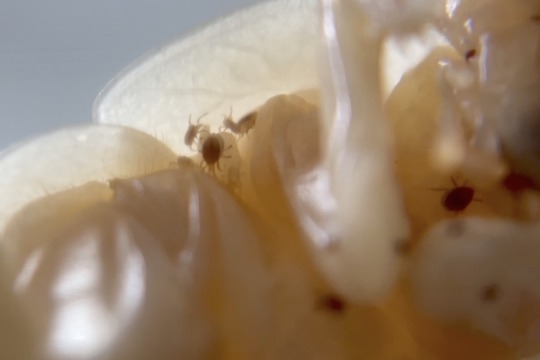
2K notes
·
View notes
Text
I was so happy to see one of my favorite examples of visual mimicry in Costa Rica! take a look at this Petrophila moth and a Nectopsyche caddisfly. notice anything familiar about the pattern they seem to share?


it’s the front view of a jumping spider! black round eyes in rows, and stripes for legs with gaps between them. the resemblance, especially seeing the mimics at actual size in person, is striking. both moth and caddisfly have a reflective white patch of scales around the eyes, making them seem reflective and alert.
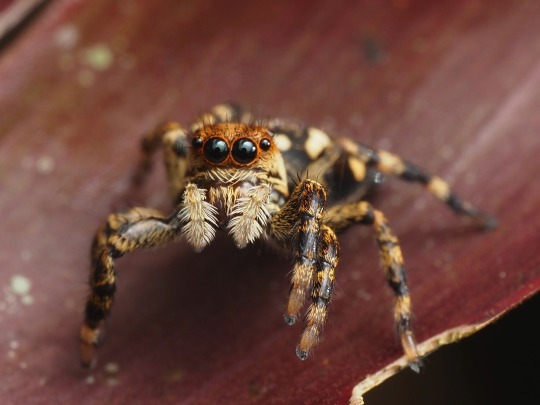
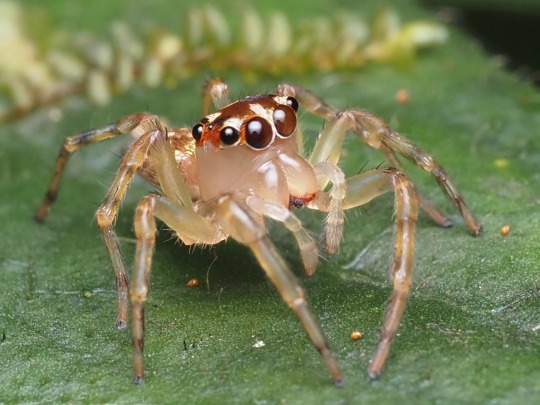
jumpers are active visual predators, a threat to small insects but also to one another, and have good facial recognition skills for members of their taxonomic family who might be rivals or predators. it’s thought that a jumping spider, viewing a mimic, might be scared off or even consider it a rival and start a territorial display, giving the mimic time to flee.

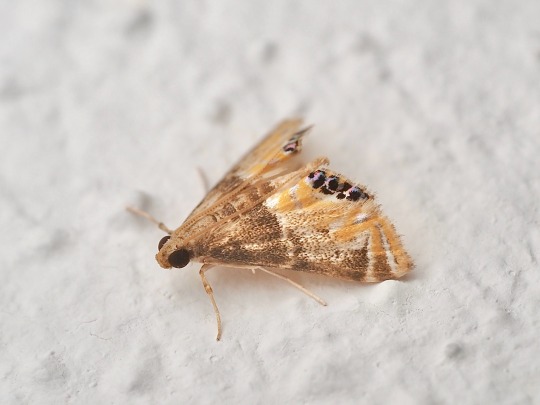

many Petrophila and their relatives in the subfamily Acentropinae have the jumping spider patterns, and I saw a few species with varying degrees of spideriness. there’s a surprising amount of other arthropods that mimic jumpers, too, from planthoppers to cockroaches and even other jumping spiders with false eyes.
1K notes
·
View notes
Text
363 notes
·
View notes
Text
Not A Cat
(Cuterebra buccata, a gorgeous botfly which apparently parasitizes bunnies? So large I thought she was a cicada when I first sighted her!)

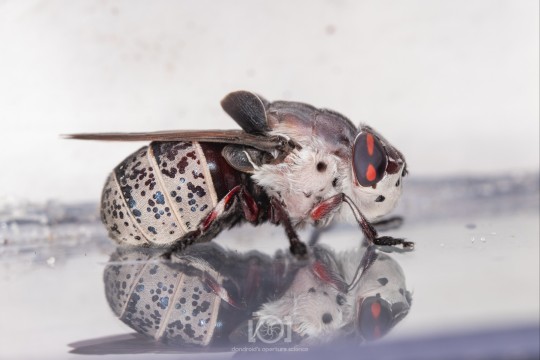


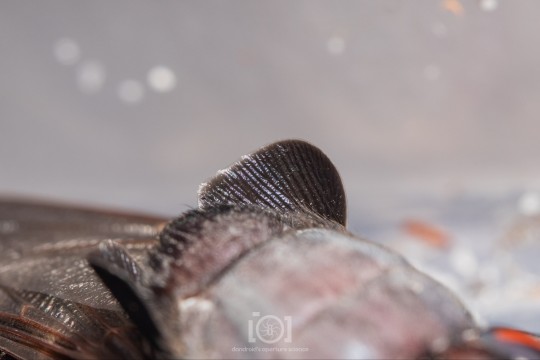
One can see how I initially took her for a cicada:

As always, if you're thinking about dropping a comment here which is hating on bugs, move along or get blocked.
2K notes
·
View notes
Text
Speaking up and educating people on why the most hated life forms on the planet are important and meaningful is a thankless task.
How do we reach out and get people to care about insects and spiders when the average reaction is either "EEWW KILL IT WITH FIRE" or blind panic?
Arthropods are crucial to the survival of life as we know it. Yes, even commonly vilified bugs like wasps and mosquitoes have ecological niches that the world CANNOT do without.
I cannot overstate their importance.
8K notes
·
View notes
Text
Daily fish fact #730
Salamanderfish!
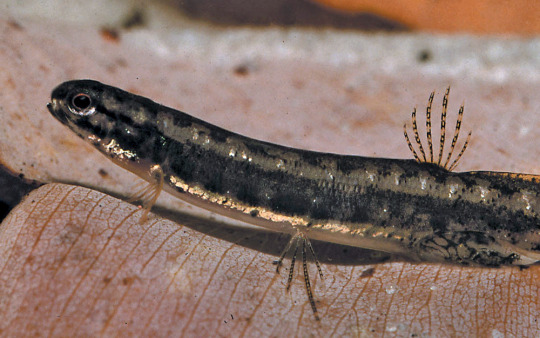
They live in very demanding conditions, that being acidic (pH 3-6.5), tannin-stained, shallow, non-permanent pools. In the summer months, they'll burrow into the muddy soil and go dormant until autumn rains replenish the water. While aestivating, they can breathe through their skin!
244 notes
·
View notes
Text


I LOVE THIS BOOK!!!! A must if you're a wasp fanatic!! I keep flipping through the pages and learning new things. I've met Gavin in person and he's so knowledgeable and amazing!! The second picture is an example of a page in the book with my drawing beside for more context!
826 notes
·
View notes

